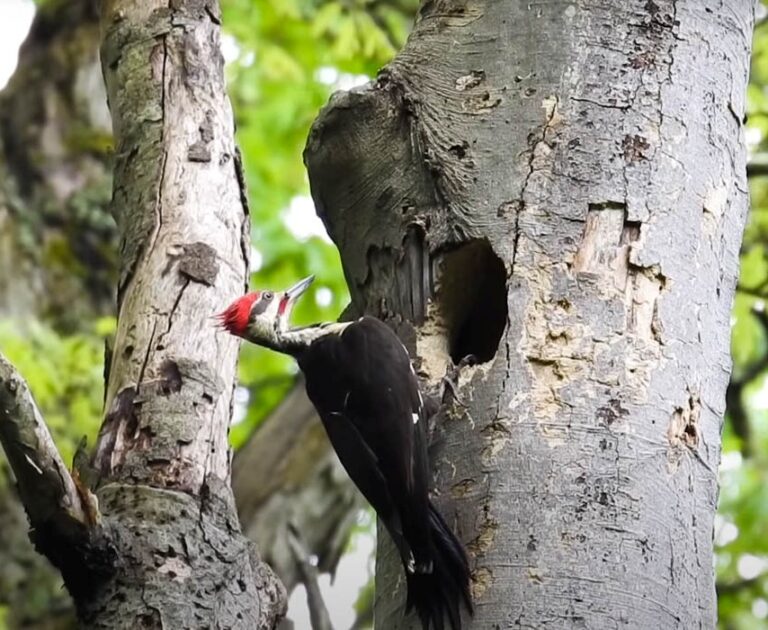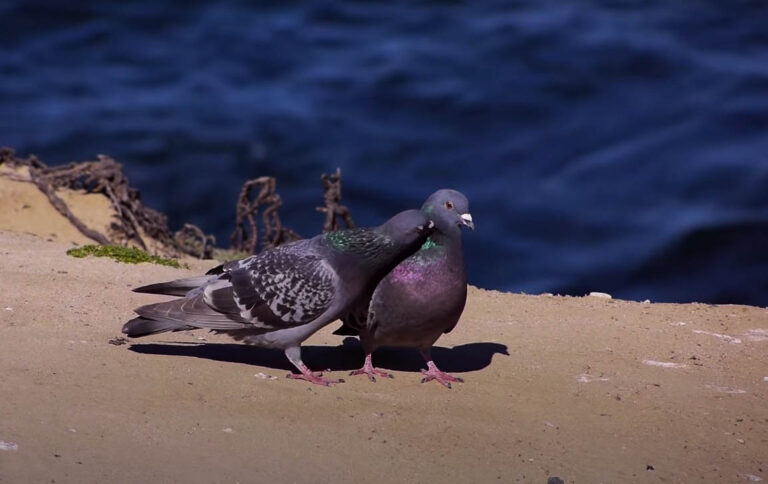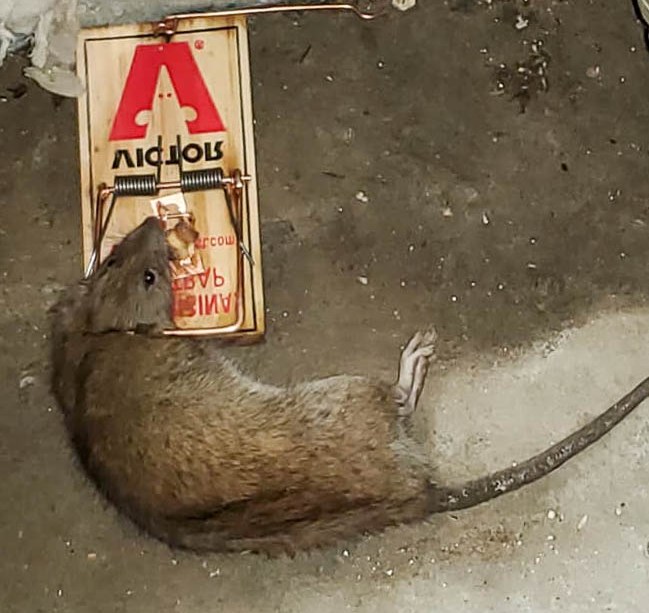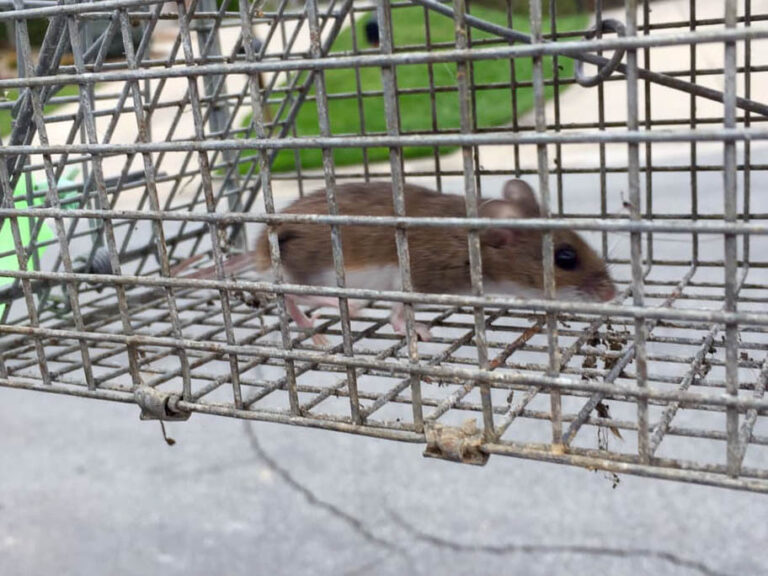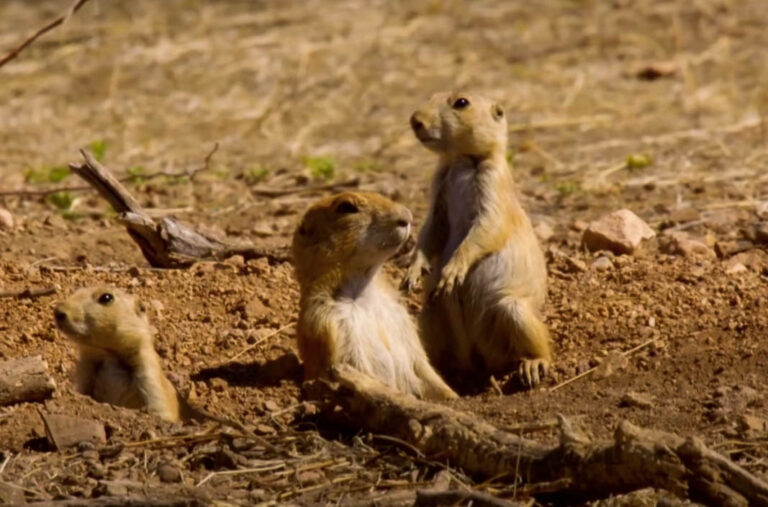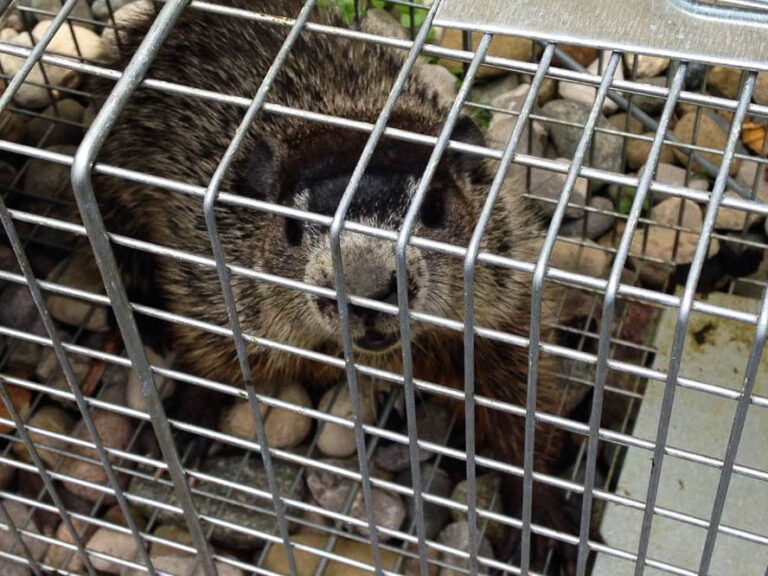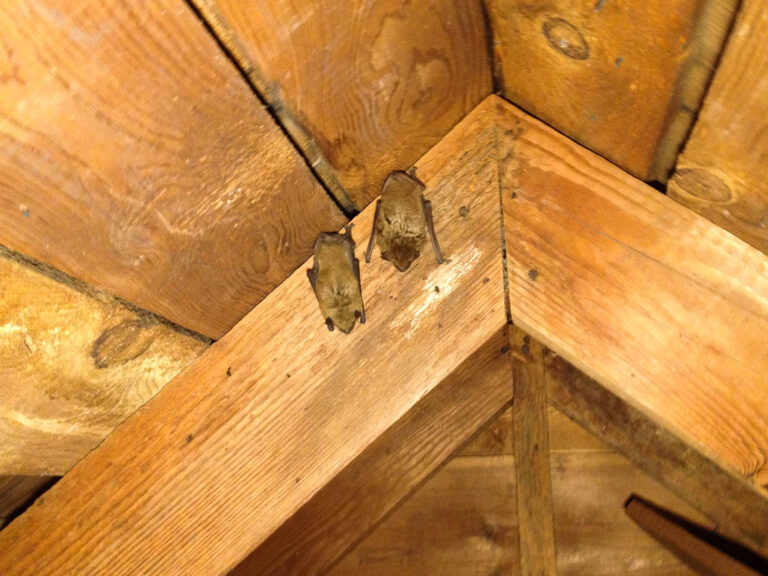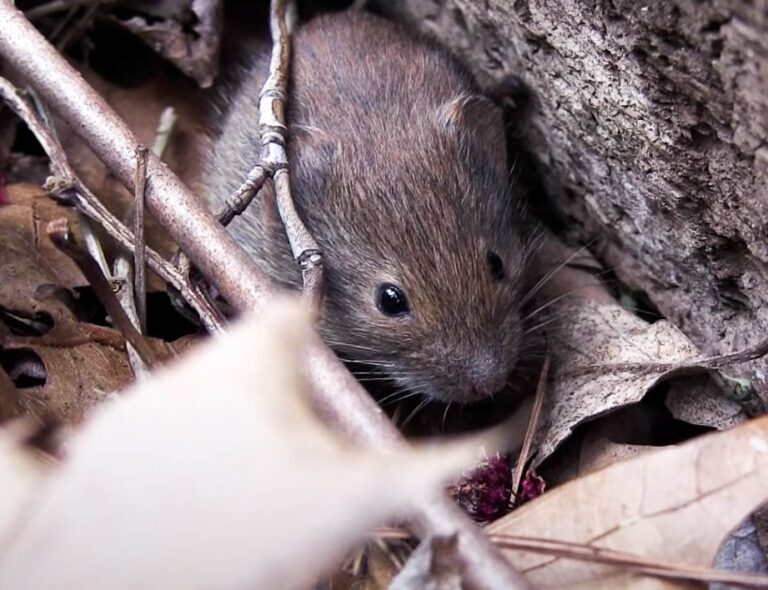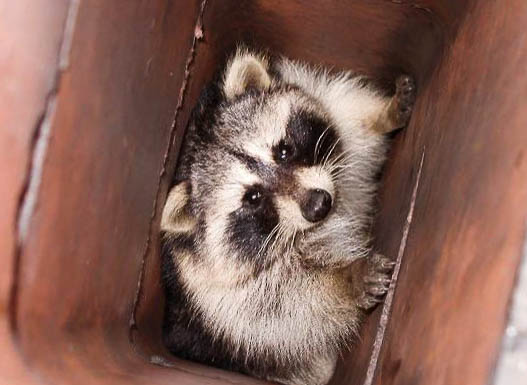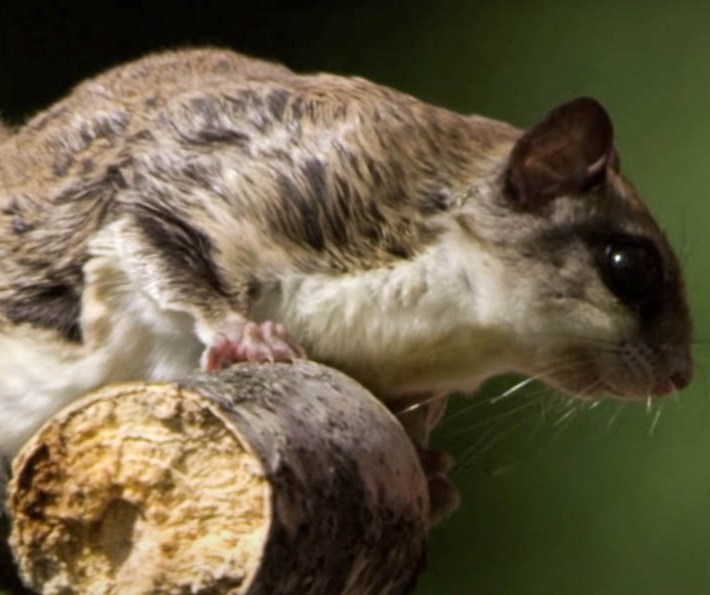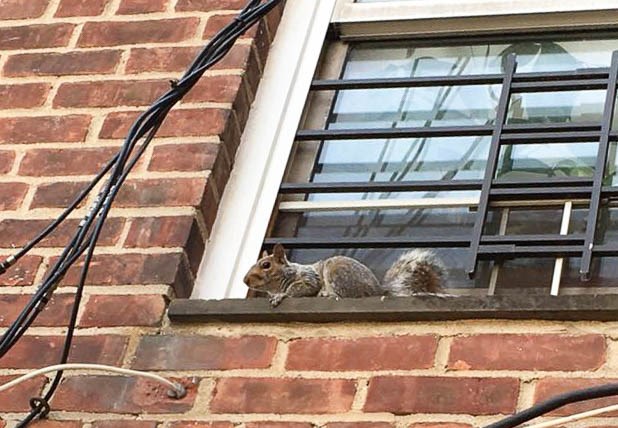About Opossums
Appearance
Opossums (Didelphidae) are the largest marsupials in the Western hemisphere. Generally, they are small to medium sizes marsupials that can grow to the size of a house cat.
These creatures have hairless ears and a long snout that slopes down their face taking the shape of a cone. The end of their snouts reveals a pink nose. Their mouth holds the most teeth by any mammal in North America (50). Opossums have sharp front claws that help them clutch deftly to the barks of trees when climbing. Their long gripping hairless tails also serve as a tool during climbing. There is some slight variation in their front and back limbs. Their hind feet have opposable digits and are clawless.
The furs that cover their bodies are usually gray but can vary from black to brown and white due to changes in the guard hairs. From nose to tail, opossums can reach a length of 2.5 ft., and they can weigh between 8.8 and 13.2 pounds.

Behavior
Opossums are nocturnal, solitary, and nomadic mammals; they will remain in an area as long as there is food and water. They do not put too much effort into building nests/holes and will usually occupy abandoned burrows. These animals are also terrific climbers.
Their most distinct ‘act’ is playing “possum.” If hunted or scouted by predators, opossums will mimic being dead/sick; lay on their sides with lips drawn back, saliva foaming around the mouth, and eyes closed/half-closed. They will also secrete a foul-smelling fluid from their anal glands. The stiff form can be prodded, kicked, or carried away without reaction.
This action by the opossums is involuntary (similar to fainting in humans) and performed by the brain. They will regain consciousness between a few minutes to about four hours. The recovery process starts with a twitching of the ears. Baby opossums, however, do not have a fully formed brain for this and are incapable of such.
Opossums are omnivores and can be scavengers if need be. They can feed on dead animals, insects, rodents, and birds as well as eggs, frogs, fruits, grains, and other plants. Opossums are also immune to venoms of rattlesnakes, cottonmouths, or pit vipers and sometimes kill and feed on them.
If backed to a corner, opossums will growl deeply, raising the pitch as the threat gets closer and will open their mouth to bare their teeth. Males make a clicking noise as they find a mate, and responsive females return such noise. Baby opossums make sneezing noises to signal their mothers if lost, and make hissing noises if threatened till the threat is gone.
Life Cycle
A female opossum may give birth to as many as 20 babies. However, less than half of this number might survive till adulthood. When they are born, they are slightly bigger than honeybees and crawl up immediately to their mother’s pouch/marsupium. Here they develop safely, and when they come of age, they live in the pouch and can ride on their mother’s back during hunting.
In the wild, opossums usually live for one or two years and as long as four or more years in captivity. Their lifespan is surprisingly short for a mammal, probably because of quick aging.
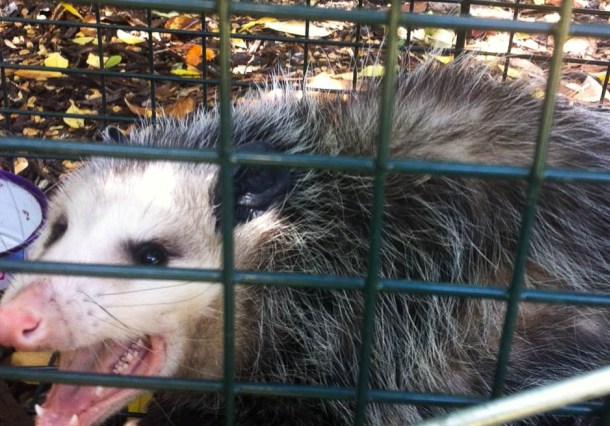
Habitat
You can find opossums in North, Central, and South America, though the intentional change has takenthem to other regions. Opossums prefer to stay in wooded areas, especially if close to a body of water. Their behaviors might also see them visit urban areas and take residences in sheds, abandoned logs, holes, or old buildings.
Opossums rarely build shelters for themselves but can bring their own nesting materials. Their flexible diets, unique biology, and reproduction make them adaptable to almost any area. While they are solitary, they can unite during breeding season or in danger of threats.
Damages They Cause
Being skilled climbers, opossums can easily gain entry to the homes in search of food/warmth.
The spread of dirt and bacteria
Opossums are messy in look, actions, and dumping. They will bring their food into the home and leave rotten scraps around. Their urine and waste also invite bacteria and other germs to act on them.
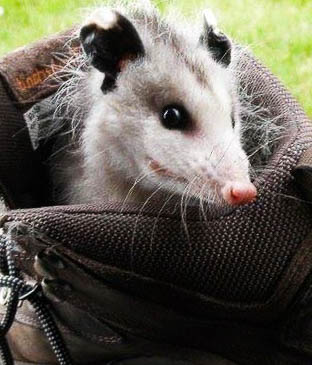
Destruction of utilities
Opossums weaken your walls/attic by constantly chewing at it. They can also chew on ducts, electric, and other wires or insulations. Dealing with them in the home is a terrible nightmare.
Destruction to garden
While foraging for food, a small/open fence will not keep an opossum out. They will invade your gardens or lawns, stomp, and dig through anything.
Disease/pest transfer
Squirrels cause severe damages to your garden, landscape, and plants through theOpossums are carriers of rabies and other forest diseases easily transferrable to humans or pets. Opossums also suffer from smaller parasites like ticks and fleas, and can transfer them to the home.ir haphazard burrowing and chewing nature. They can also attack you/pets if you corner them.


